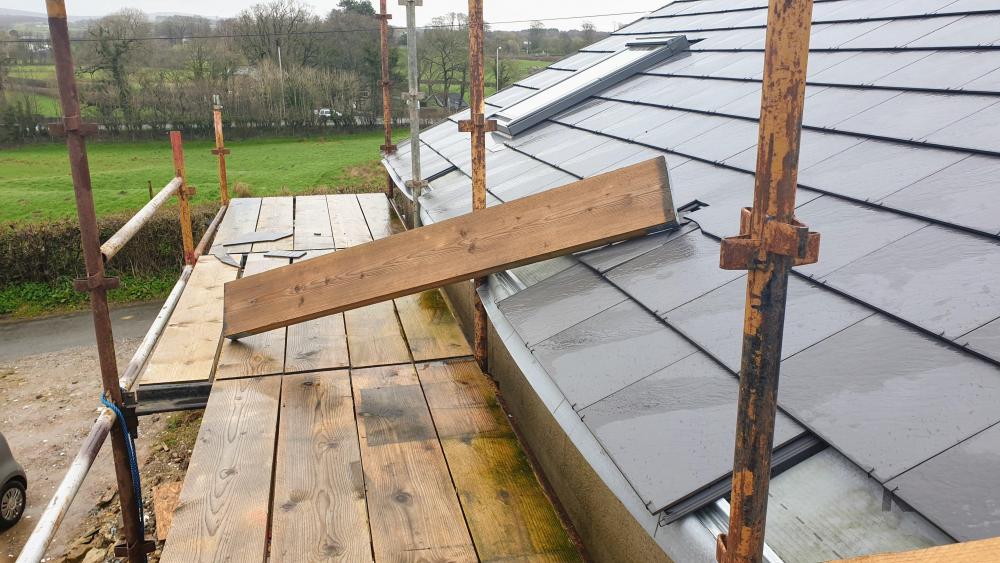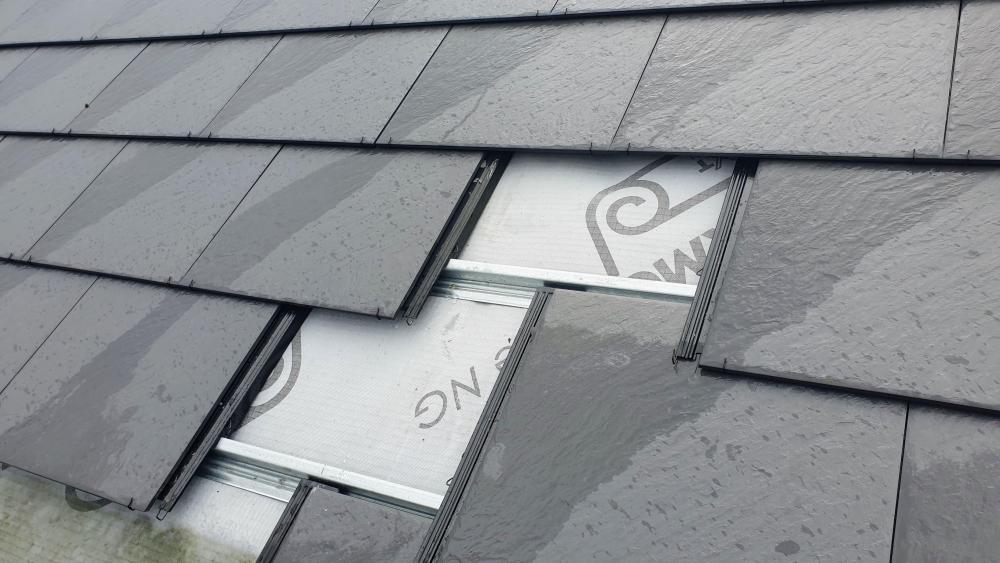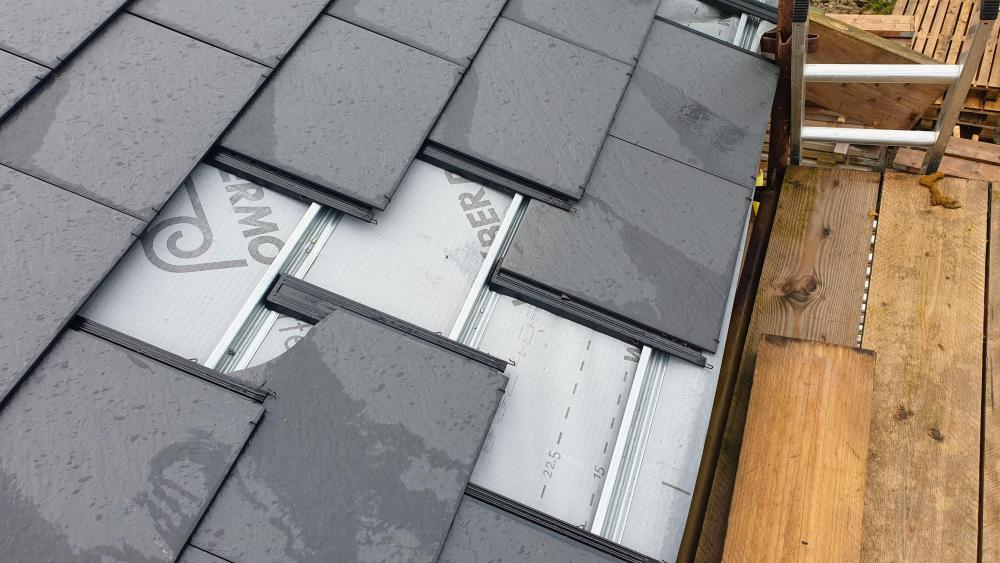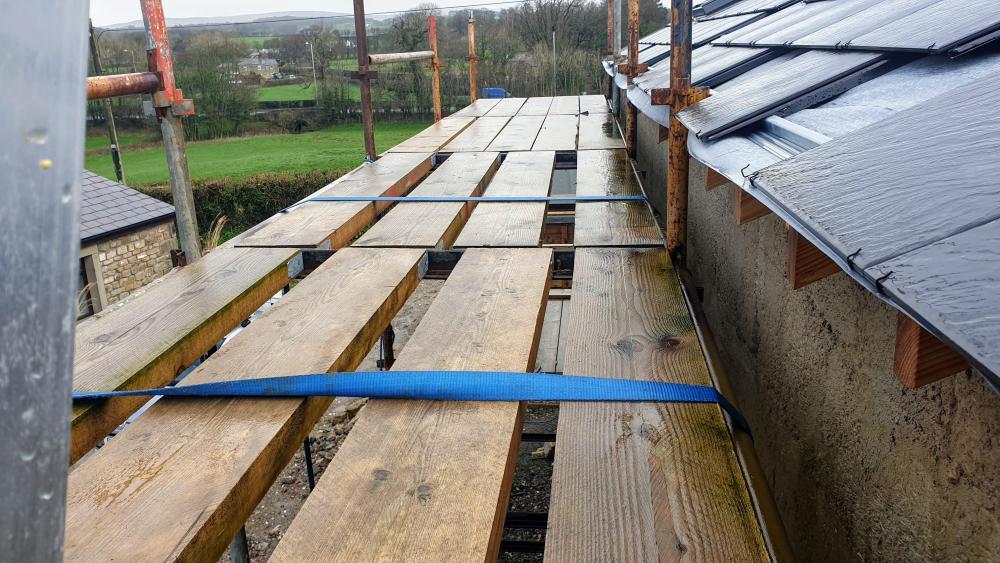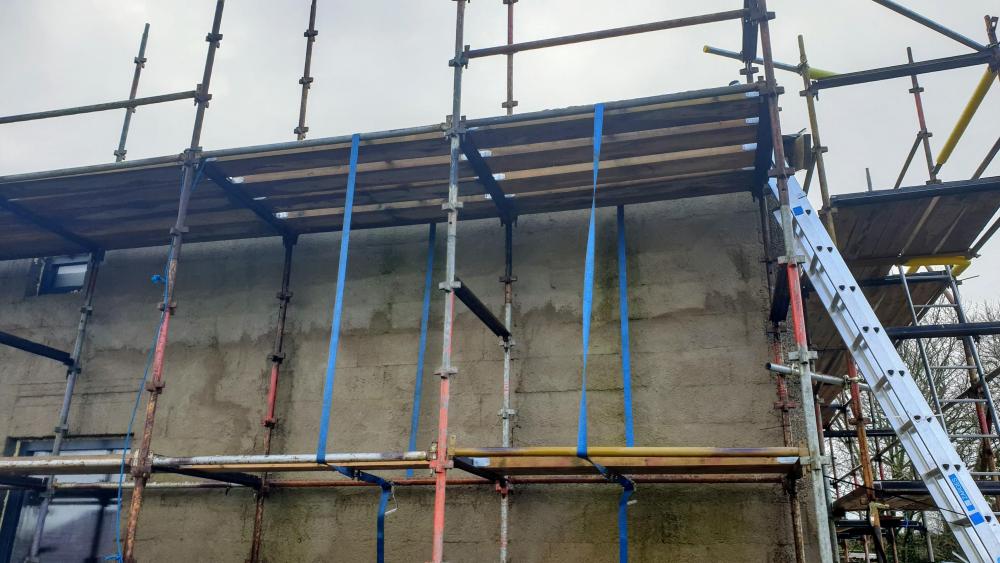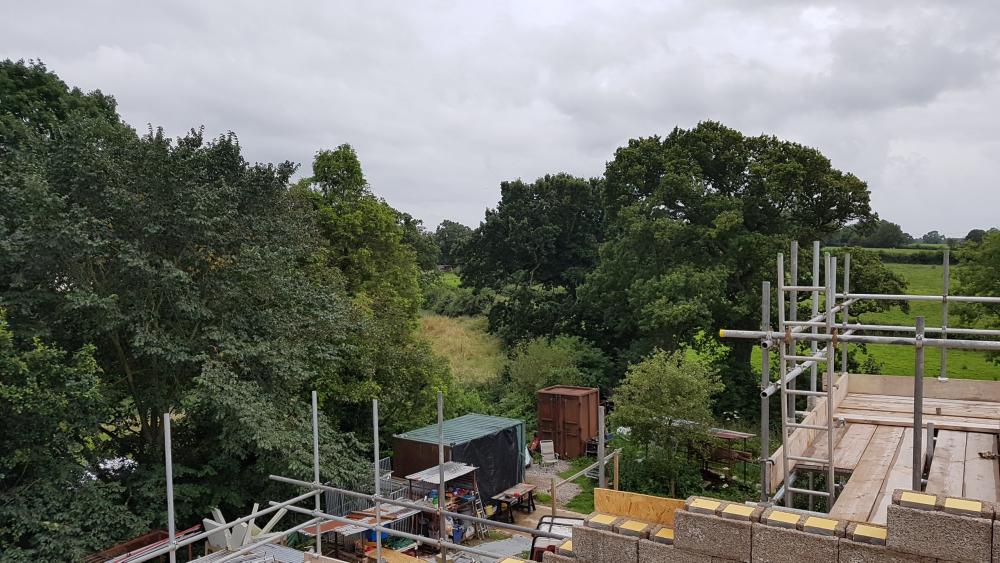Search the Community
Showing results for tags 'wind'.
-
Hi, I live in a little cottage in Wales which was renovated from a disused barn 20 years ago. It's attached to an un-renovated barn built in the same style as itself. For a couple of years now whenever the wind blows a certain way there's this annoying knocking sound to be heard upstairs...
-
- noise problem
- wind
-
(and 3 more)
Tagged with:
-
Yes we all agree the challenges regard domestic wind turbines: too small to produce the power or too big to get permission and so on, so let move on... My wife often comments that it's very windy here and we have been thinking of how to utilise the wind to produce electricity when we cam...
- 6 comments
-
- wind
- electricity generation
-
(and 1 more)
Tagged with:
-
Sufferin' scaffold boards Batman! Them boards is a flyin' ! Where to Robin? Off the scaffold and onto the roof Batman And there indeed they sat sneering at us. This one is quite artfully placed... This one was angrier and smashed a few more tiles than the fi...
- 47 replies
-
It won't have escaped our collective conscience that recently it's been windy. Annoyingly so. Specially if , like me, you are scaffolding. Feeling extra sorry for myself at the end of the DIY working day ( I'd got it wrong' more often than normal ) I was mindlessly watching YT. And bumped...
- 34 replies
-
- scaffolding
- kwikstage
-
(and 4 more)
Tagged with:
-
Time for a calm analysis of what happened here. If you haven't read the original post, please do so now: it explains a good deal of what I say below. The weather. That night, it was foul. 30mph+ steady wind and gusting up to 50. I know that at low level it was gusting at 40 + becaus...
-
Wind. Makes me wince now. Here's why Understandable isn't it? Worse when it happens at night from some point of view, better when it happens at night because people in the main are in bed. But tomorrow deals up the next dose of wind during the working day. And that makes me wonder...



